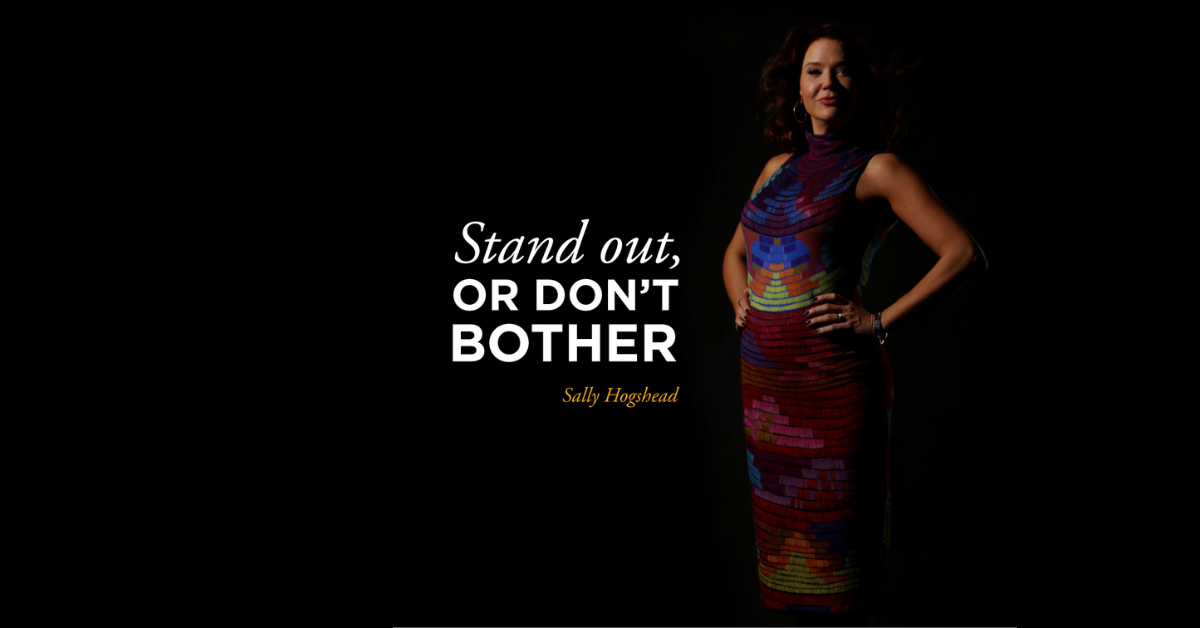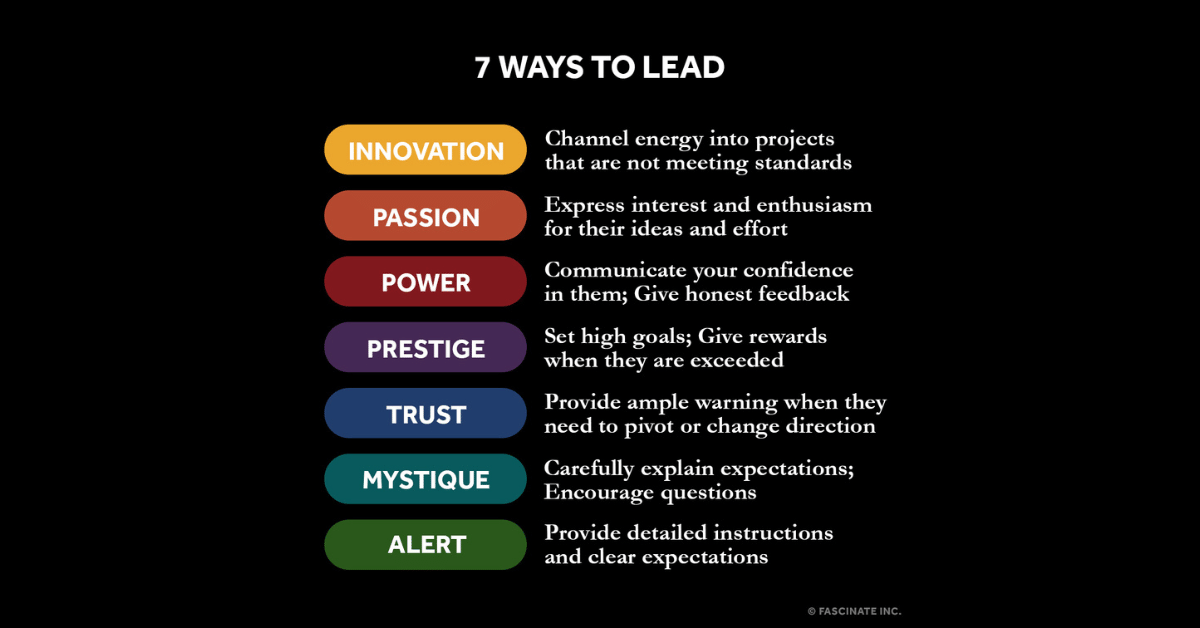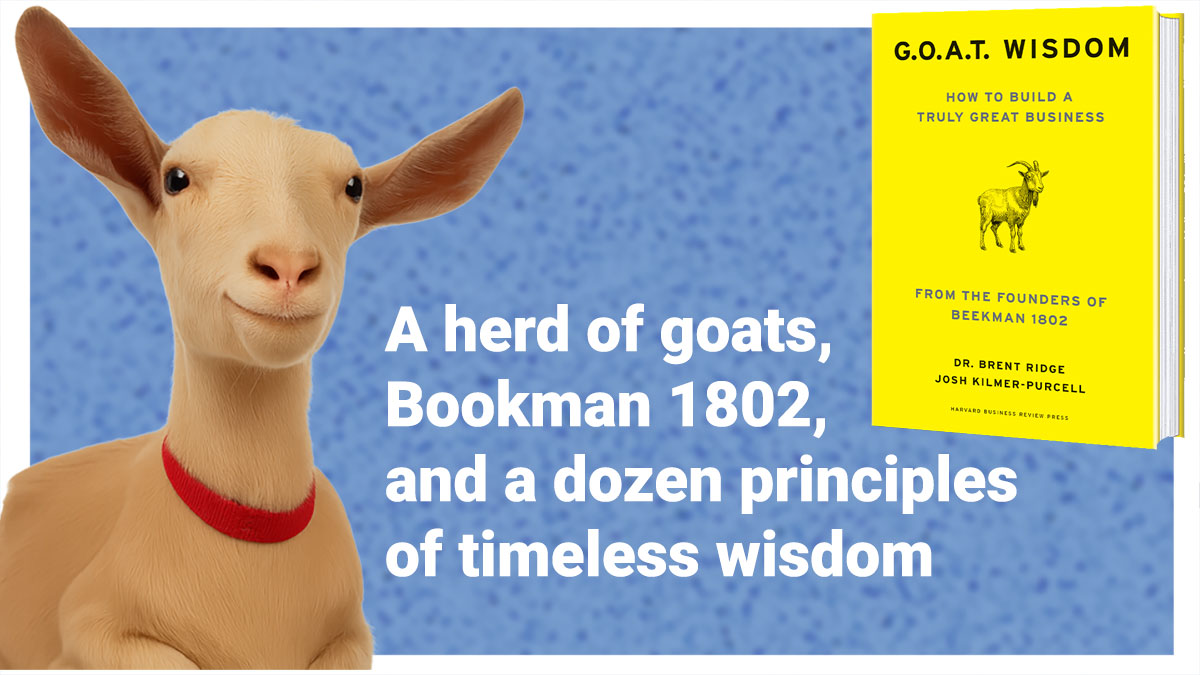Hum a few bars of “Auld Lang Syne,” sip your eggnog, and gather round the fireplace to roast chestnuts. It’s time to tell the story of how staying power birthed a classic.
Upon its release in 1946, It’s a Wonderful Life wasn’t the success it is today. Actually, it flopped. Soundly.
Earnings didn’t come close to the cost of production, the studio was disappointed, and the director, Frank Capra, was criticized and humiliated. The holiday movie seemed destined to fade into obscurity.
In 1974 the copyright protection of this forgotten film slipped. As a result, it became part of the public domain, which meant television stations could air It’s a Wonderful Life–for free.
Television stations took advantage of the freebie and inadvertently created a family tradition. Every year, the movie played throughout the Christmas season. Families gathered to watch. Children grew up with Jimmy Stewart and Clarence the angel. Americans saw the same images year after year.
Over time, viewers came to expect the movie each year around Christmas. They’d comb through the television guide to see when it was airing, and gather the family around to watch together. This loyal group of viewers trusted the stations to air it. They knew that they’d see Jimmy Stewart in the starring role, and that in the end, another angel would get its wings.
From a marketing perspective, the movie has become an ingrained part of the Christmas “brand architecture” along with gift-wrapped toys, caroling, and the colors red and green. Bedford Falls and Zuzu’s petals became emblazoned on our collective concept of holidays, hope, and American optimism.
Like many traditions, this one succeeded not because it was the highest quality option, but because it became the most familiar. Familiarity and repetition turned the movie into a fascinating holiday message. We love It’s a Wonderful Life because, unlike the audiences in 1946, we’re familiar with it.
Well-established brands feel familiar because they’ve been marketing for decades, but as an entrepreneur, you probably don’t have several decades to establish your own brand like AT&T or Wells Fargo. That’s okay. You can still fascinate your customers with your trusted, familiar brand.
How could you use familiarity, repetition and tradition to make your personal brand impossible to resist?
1. Forgo flashy. Instead, be familiar.
Find ways that your message can feel instantly familiar. Pinpoint shared values with your audience, since people bond more quickly with companies that share similar values to their own. How? Use a familiar tune in the background. Avoid jargon, and instead opt for language that everyone can relate to. Trusted brands don’t try to be flashy; they tap into something that feels reliable.
2. Repeat and retell your story.
Steve Jobs and Steve Wozniak started Apple in a garage. White-out liquid paper was invented by a secretary. Everyone has a backstory, even one that’s just a few months old. Tell a story about how you got where you are today. Why did you go into this business? How did you do it? What do you believe in?
3. Use familiar cues.
Trusted brands don’t zig-zag all over the map. They don’t shock or polarize. Instead of leading with skyrocketing innovation, make your audience feel at ease. For example, Kellogg’s doesn’t try to reinvent the morning; they reinforce it. How could you put your audience at ease? Can you bring up an issue that your audience already knows well, and build your proposal around that? If you are hosting an event, can you decorate in a way that makes guests feel at home?
So often when we think about making connections, we look for ways to reinvent ourselves. The fact is, some of the most trusted brands (and personalities), particularly in the financial and insurance industry, earned the respect of their customers by being purposeful, repetitive and stable.
Do you know whether you fascinate with the TRUST Advantage? Do you communicate by building loyalty? Find out today when you review or unlock your Fascination Advantage® complete report.
A version of this article originally appeared on Inc.com.








